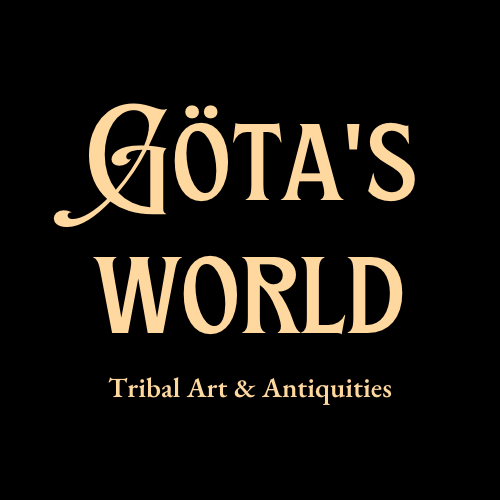Burmese Bronze Toe Opium Weight
Burmese Bronze Toe Opium Weight
Couldn't load pickup availability
Rangoon, early 19th century, Burma (Myanmar).
Magnificent old Toe style bronze weight. Four sided base. Beautiful example of a real market weight. Three decorated lines around the top of the base. Verification mark of 6 rayed star at the front of the base (almost disappeared). The bronze opium weights were used not only as units of opium measurement, but used in everyday transactions where items were traded by weight, including food and precious commodities such as gold, silver, rubies, coral, pearls, spices, camphor, musk, and costly medicines. Certainly the mountain tribes of the Golden Triangle (Burma, Laos and Thailand) used the smallest ones for weighting opium. Items were measured by a beam hung with two baskets or trays. The weights were produced in a range of different designs, primarily based on animals or creatures from local religion and mythology. Most of the weights have been covered by a black coating possibly a protection against corrosion. The opium weights were produced in series from very small weights to much larger sizes. A full set of weights normal consists of 10 pieces from very small sizes up the largest size (100, 50, 20, 10, 5, 2, 1, 1/2, 1/4, and 1/8 tical). The weights and measures system in Burma was carefully controlled and weights checked for accuracy. They were legalised by a stamp or seal, usually difficult to read through use, given by the king or his officials in each town.
Most common opium weights are in the form of a Hintha bird or Brahmani duck, also called a hamsa. Another popular animal is the Toe (called also To), a mythical feline beast which inhabits the Himalayan forest. It is often wrongly referred to as the Chinthe or Burmese lion. The Toe is a stylized combination of the parts of four animals: the Asian lion (head and torso), the bull or East Asian muntjac (horns), the ancient Yunnanese horse (tail and hooves). The earliest ones found date to the 17th and 18th centuries. There are different species of Toe in Burmese folklore such as the Toe naya which resembles a lion, and the Toe-aung which is like a bull. The Toe myin has certain characteristics pertaining to the horse.
Good condition. Intact. Age-related wear and signs of heavy use. Lovely deep dark silvery patina with traces of black coating. Size approx. 5,5cm x 3,5cm x 2,8cm. (10 ticals).
Provenance: Swedish private collection
References and further reading:
A Model Chronology of the Animal Weights of Burma (Myanmar), Hartmut Mollat, Anthropos 104/2009, pp. 533-542, Published By: Nomos Verlagsgesellschaft mbH, 2009.
Earth to Heaven: The Royal Animal‐Shaped Weights of the Burmese Empires, Donald Gear & Joan Gear, London: Twinstar, 1992.
Animal Weights from Burma and Beyond, R.J. Willis & G. Herman, River Books, 2019.
Analysis of historical Burmese opium weights and lead coins - metal origin, alloys and surface coating, Robert Lehmann, Hartmut Mollat, Ingo Horn, Ekkehard Döhring & Carla Vogt. Academia.edu.
Burmese Opium Weights, Sylvia Fraser-Lu, Arts of Asia 1, pp. 73–81, 1982.
Opium Weights, Rolfe Braun & Ilse Braun, London: Braun, 1983.




-
Shipping
The shipment will be prepared in the course of 3-5 days and dispatched via Posti Group Oyj or purchased item(s) can be picked up from our shop during the store's opening hours (Tarkk’ampujankatu 4, 00140, Helsinki, Finland). Within the Finland, all items are shipped via Posti Group Oyj unless otherwise requested. We pack the items carefully and mainly in recycled materials because we want to save nature. You will receive the tracking number for your items by e-mail.
-
Returns
Returns and exchange will be accepted within fourteen days (14) of receipt at the purchaser’s cost to include freight and packaging. Items must be returned in the same condition as when they were shipped, and will not be accepted if damaged or altered in any way. Please inform us via email (info@gotanmaailma.fi) or by calling +358408408352 before sending. We do not accept returns more than 14 days after delivery.




